‘We look for sound technical knowledge in our lighting partners’
By N Jayalakshmi | September 24, 2021
Retail4Growth presents ‘Spotlight’ , the series of exclusive interviews with retail designers and architects on the role that lighting plays in the in-store experience . In this interaction, Navath Rahin, Head Designer of Kochi based design company, Ahanas Design For Space, shares his take on the dynamics of lighting for different kinds of retail clients and spaces, and more….
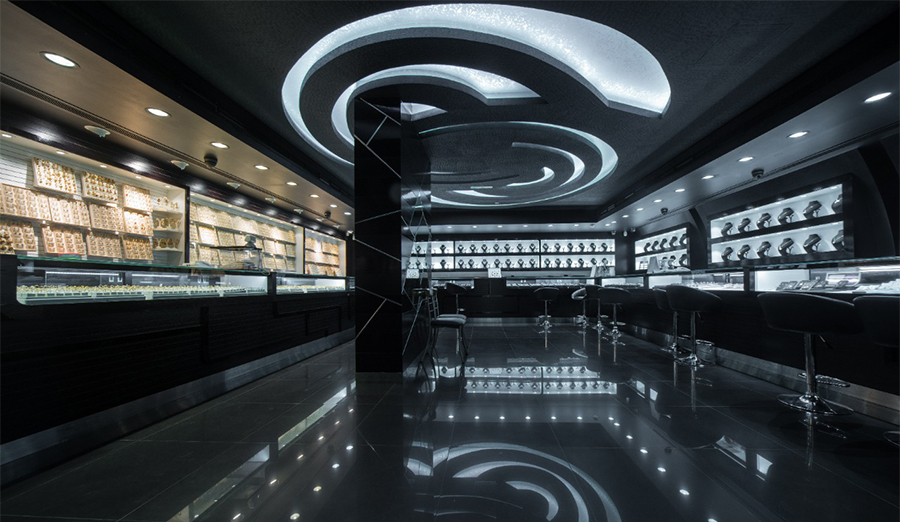
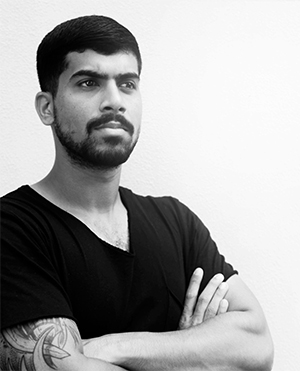 What has been your approach to lighting in your retail projects?
What has been your approach to lighting in your retail projects?
Lighting has always been an integral part of retail and the focus is always on the technical and functional aspects of lighting as far as retail is concerned. Also, retail space caters to different kinds of people and it’s important to satisfy all. So lighting is something we dive deep into for our retail clients.
We have mostly worked with jewellery retailers. We have been the corporate store designers for Kalyan Jewellers for many years now, having completed 125 of their stores across India and the Middle East. We have also worked with a few apparel and local retailers.
Any particularly interesting or challenging project that you can recall in the context of lighting?
We had done the store space for a local optical retail brand at a B town in Kerala and the lighting was particularly challenging because it involved movable/flexible display stands with aluminum trays that were used to create a minimalist effect. So the lighting had to be in sync with that. We used three layers of lighting to get the right lux level and had to do multiple test runs with the vendor and mock-ups in the factory. Finally it turned out well.
Also, for one of the Kalyan Jewellers stores, we used the zigzag pattern of spotlights - alternating between warm and cold to enhance the lustre of the jewellery being showcased. The idea was that a monotonous warm tone of lighting wouldn’t highlight the product enough and hence the need for a zigzag pattern with alternate lighting.
What do you look for in your lighting vendor or partner?
The most important factor for us is their technical knowledge -- their understanding of engineering drawings and the technical feedback that they can offer in terms of wiring, maintenance, placement of LED lights etc.

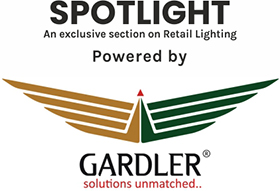 Generally in your observation, what is the client approach to lighting in retail ?
Generally in your observation, what is the client approach to lighting in retail ?
Usually we see two extreme types. There are those who are very particular about their lux levels and would never compromise on their costs when it comes to lighting, even if means incurring higher costs on other utilities like air conditioning. On the other hand, there are also clients with whom it is quite a challenge to convince regarding the value that the right kind of lighting brings, particularly when it comes to aesthetics. For example, linear spotlights give a clean and premium effect, but it’s sometimes difficult to make the client see the value of it.
But in general, most retailers wouldn’t want to compromise on the lux levels because everyone wants their store to look bright. The cost cutting factor kicks in only when it comes to the aesthetic part. In B town stores especially, the preference is always for brighter spaces and that’s driven by mass psychology -- brighter stores look crowded and crowded places attract more crowds - that’s how it works in India.
Overall though, clients today are quite particular and aware about lighting and tend to explore different options quite early on in the project. Essentially, I’d say it’s the right investment in time from both the client and the designer that really make a difference.
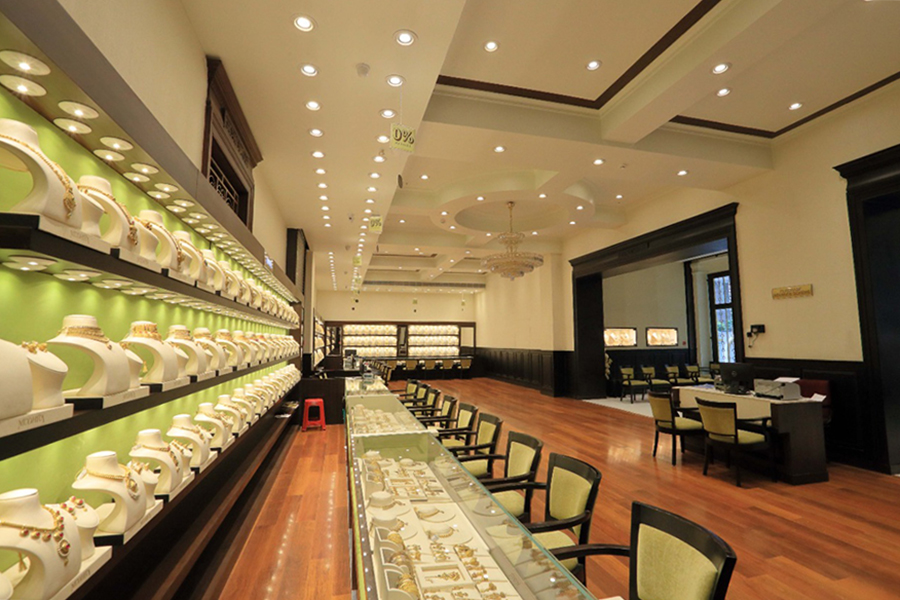
What are typically your key challenges when it comes to lighting?
The main challenge is in terms of execution - making sure there are no shadows falling on the product. Other aspects like finding the right vendor are secondary. The most critical challenge is to ensure that consistent level of lighting always falls on the walls and the floor because end of the day, it’s client satisfaction that matters.
Today , thanks to technology there are softwares available that make it possible for us to render 3D views and get a good idea of how the light and shadows would actually play out in a store.
Any tips or checklist you can share regarding planning the right kind of lighting in retail?
First, aim for seamless lighting - light sources and layout should be planned in seamless alignment as it’s important to create a pleasant experience for the customer. Also, as I said before, avoid shadows. The other aspect is to go for a mix of lighting and not be confined to just one kind of lighting. For example, even if you are told that LED strips are good, going for LED strips all across the store is not such a good idea. You have to play with a good mix of what’s available according to the functional requirements of the store. It’s a play of mix that brings life to a project. It’s also important to remember that light need not come only from the top, it can come from all sides and give the product a much better feel. So openness to new ideas helps in getting the best value from your lighting.
https://www.gardlerlighting.com/

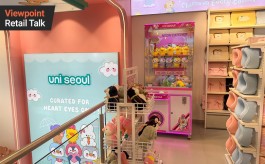
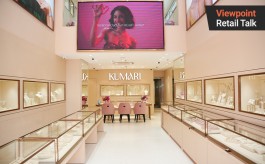
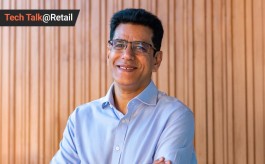

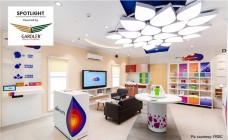
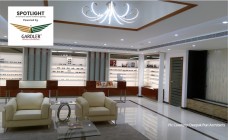


Comments